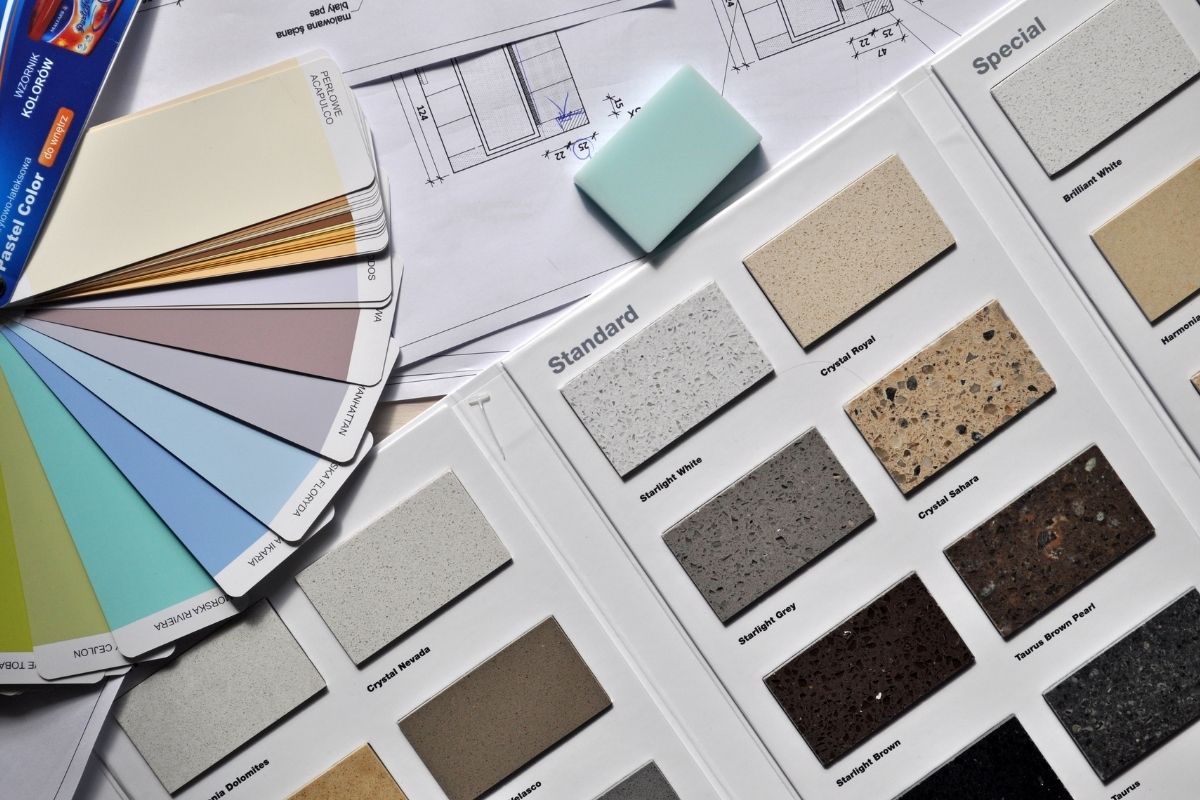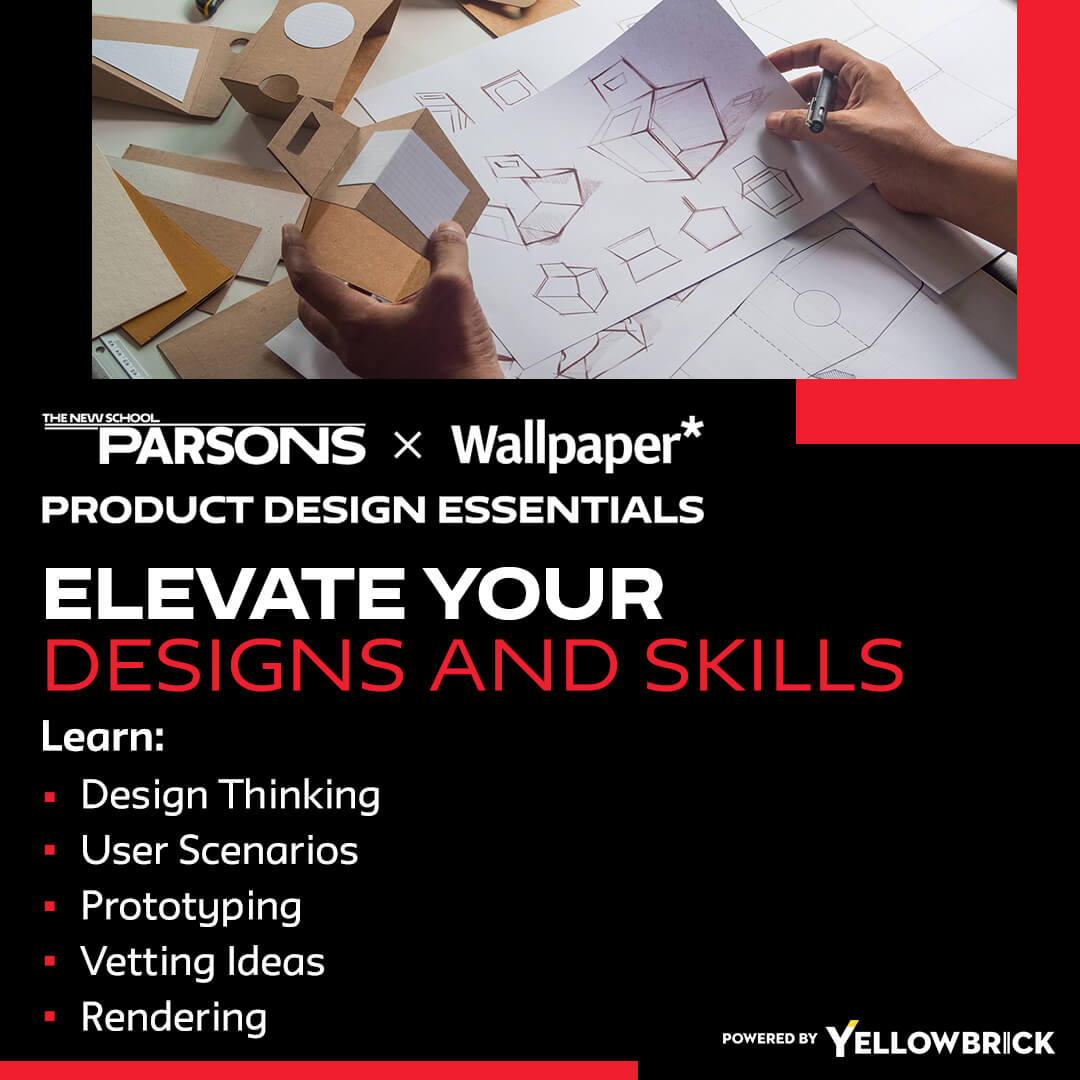Online Product Design Education: Learning Who the User Is

Emily Rothschild says, “When you start out in product design and product development, it’s really important to understand who your audience is and who your user is.” Where is this design, this project that you’re working on going to resonate most? You will need to think about where it’s going to land, where it’s going to live, who’s going to understand it, and most importantly, who’s going to use it.
Do a thorough analysis into the types of users that you’re working with. That can be creating personas. It has to involve talking to people, it has to involve putting ideas forward to get feedback and responses, it will involve testing when you come down a little bit farther down the road with the initial ideas. You’ll begin to build prototypes, even quick and dirty, sketch models. This means putting together something to express an idea that somebody can take and hold and react to. Through that process, you will better understand whether your ideas and your hunches are beginning to land and work and resonate with the people who need this or want this new design.
“Industrial designers think of the audience as actually the user,” says Tucker Viemesiter. “But the real audience for a product includes the guy who has to make it in the factory, the person who sells it to the customer, or the customer who buys it.” The customer who buys it is not necessarily the same person who uses it. For example, your mother buys a toy, but your mother is not going to use it, the baby’s going to use it. Each one of those people in the audience has something else that they’re trying to get out of this thing. You have to address all those people, and everybody has a different need. When you answer all of those things, hopefully, you have a really successful product.
Scott Henderson explains, “Back when the baby brand skip hop, was, again, just a husband and wife team, I came on as one of their first consultants. At the time they were making soft goods, diaper bags, and things like that, and leaving the industry in that area. They wanted to go ahead and make some hardgoods products, not so much designed for the baby. Because it’s really hard to design for someone from a third person point of view. And since babies are so young, it’s almost a useless exercise to try to get into their head as to what they really need. It really is about the parent.”
Henderson continues to say, “We created a strategy where we were going to create five or six hardgoods products: one in the area feeding, one in the area of in and around the sink, cleaning of bottles and things, one in the area of nursery, diaper management, and a couple of nursery products. We broke it up like,” a person’s house has a nursery, they have a kitchen, they have the refrigerator.” Once we establish these zones — kitchen, bathroom, kid’s room, nursery room — I set out to create a bunch of products that would work in these spaces.”
Our product design education course helps you design products with the user in mind.


